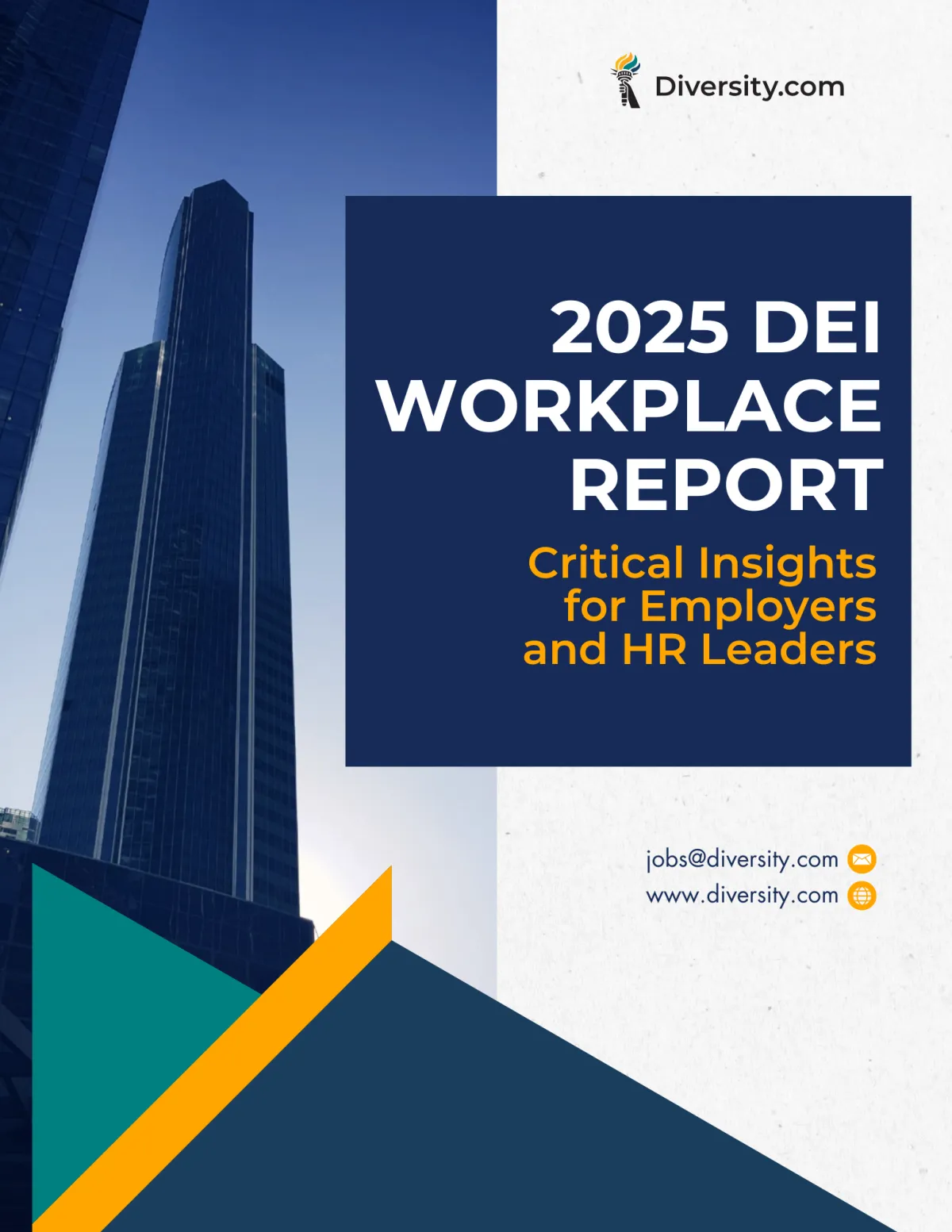
Tokenism at Work: How to Spot It and Replace It With Real Inclusion
You’ve seen it before: a splashy diversity campaign featuring one person of color. A single woman on a panel.
A lone queer employee asked to speak for an entire community. That’s not inclusion. That’s tokenism.
Tokenism happens when organizations appear diverse without actually shifting power, decision-making, or structure.
It’s performative, exhausting, and unsustainable.
This article breaks down what tokenism really is, why it happens, and what it takes to build authentic inclusion.
What Tokenism Looks Like
Tokenism can show up in different ways across sectors. Common signs include:
Hiring one person from an underrepresented group without a plan for support or advancement
Highlighting diversity in marketing but not in leadership
Asking marginalized employees to lead ERGs without compensation or power
Expecting a single employee to represent an entire identity group
These actions might stem from good intentions, but they can create environments where people feel isolated, overexposed, or pressured to perform.
The Harm It Causes
Tokenism isn’t neutral. It creates:
Emotional exhaustion from overrepresentation without backup
Alienation from being treated as a symbol instead of a person
Missed opportunities to build truly inclusive teams and leadership pipelines
According to a 2025 BenefitsPro article, token hires often experience lower retention rates and trust levels, especially when their presence is not backed by real structural change (BenefitsPro, 2025).
Why It Happens
Tokenism usually arises from pressure to “look diverse” without doing the internal work. This can happen when:
Organizations feel external pressure to diversify quickly
Leadership lacks understanding of equity and inclusion
DEI is treated as a branding exercise rather than a strategic priority
It’s often easier to showcase one diverse voice than to redistribute power across the board.
How to Avoid It
Avoiding tokenism requires shifting from surface-level representation to systemic inclusion. This includes:
Hiring in clusters or cohorts to build community
Providing mentorship and leadership development for underrepresented employees
Compensating ERG leaders and giving them decision-making influence
Investing in inclusion metrics beyond hiring numbers
As noted by the Institute for Diversity Certification, tokenism can be prevented through inclusive hiring systems, clear accountability, and proactive culture-building (DiversityCertification.org, 2025).
Sector Considerations
Nonprofits
Relying on a single board member or spokesperson of color without diversifying leadership is a red flag. Authenticity starts with governance.
Universities
A single BIPOC professor on every diversity committee isn’t inclusion—it’s overburdening. Institutions must build broader pipelines for faculty leadership.
Government and Contractors
Federal policy changes may reduce DEI mandates, but ethical leadership still demands investment in meaningful representation.
Conclusion
Tokenism might make an organization look diverse, but it doesn’t make it inclusive. Representation only works when it’s backed by trust, power-sharing, and structural support.
The goal isn’t to fill a quota. It’s to build a workplace where everyone can thrive, without being the “only one.”
How Diversity.com Helps You Build a More Inclusive Workforce
At Diversity.com, we connect forward-thinking employers and job seekers who are committed to inclusion, equity, and creating meaningful change across all dimensions of diversity.
Whether you are strengthening your DEI strategy, expanding career opportunities, or building cultures where all identities and experiences are valued, we provide the tools, resources, and insights you need to lead with purpose.
For Employers & HR Leaders:
✔ Create a free employer account — Post open roles and hire with intention. Choose from flexible options: single listings, job credit packs, or subscription plans.
✔ Access a diverse talent network — Connect with professionals across backgrounds, experiences, and identities to drive workplace innovation.
✔ Stay ahead with DEI insights — Explore timely articles, hiring best practices, and workplace inclusion trends.
For Job Seekers:
✔ Search jobs with inclusive employers — Find opportunities where equity, belonging, and authenticity are priorities.
✔ Create a free job seeker account — Apply to roles that align with your values, experiences, and aspirations.
✔ Learn more about workplace inclusion — Access tips, resources, and real-world guidance to navigate your career with confidence.
We believe in a future where every career journey and every hire moves us closer to true equity.
Start building with Diversity.com.
If you have any questions or need assistance, feel free to Contact Us Here. Our dedicated support team is ready to help!
Related Articles
Burnout, Identity, and Inclusion: Why Mental Health Strategies Must Address More Than Workload
Life After Affirmative Action: How Schools Are Prioritizing Socioeconomic Diversity
Federal DEI Rollbacks and Their Impact on LGBTQ+ and Disabled Workers
Community Over Compliance: How Nonprofits Are Adapting DEI in 2025
Understanding Privilege Without Guilt: What It Means for Equity in the Workplace
Addressing Ageism: Valuing Experience in the Modern Workplace
The Intersection of Socioeconomic Status and Career Advancement
2025 Shareholder Votes Reject Anti-DEI Proposals at Levi’s, Goldman Sachs, and More
Sources & References
BenefitsPro. (2025, April 7). From tokenism to true inclusion: Avoiding the pitfalls of performative diversity. https://www.benefitspro.com/2025/04/07/from-tokenism-to-true-inclusion-avoiding-the-pitfalls-of-performative-diversity/
DiversityCertification.org. (2025). 6 Keys to Authentic DEI: Avoiding the pitfalls of diversity tokenism. https://www.diversitycertification.org/6-keys-to-authentic-dei-avoiding-the-pitfalls-of-diversity-tokenism
Business Reporter. (2025). Let’s stop DEI tokenism. https://www.business-reporter.co.uk/human-resources/lets-stop-dei-tokenism

